With the modern demand for intelligence, Industrial Touch Screen is a very important peripheral in the intelligent IoT hardware to achieve human-computer interaction in a simple, convenient and natural way, the application in various industries continues to expand. Especially with the development of automation, digitalization, and intelligence, the demand for industrial touch panel computers and industrial touch monitors in the industrial automation industry is rapidly increasing.
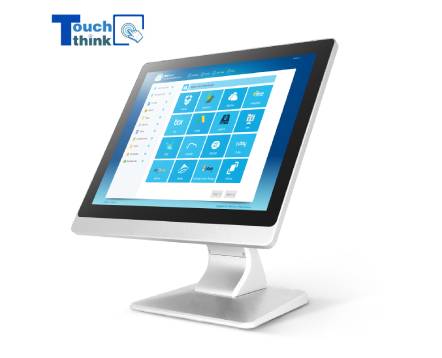
Industrial Touch Screen
According to the working principle of the touch screen and the medium of information transmission, we generally divide the touch screen into four types. Resistive touch screen, capacitive touch screen, infrared touch screen, and surface acoustic wave type touch screen. Each type of touch screen has its own advantages and disadvantages. In different industries and fields, the types used are different.
At present, the technology of capacitive touch screen continues to improve, and the accuracy and touch experience has been greatly improved. It has been seen everywhere in all industries, especially in the most common consumer electronics and cell phones. A Capacitive touch is a must.
However, in industrial automation and complex industrial sites, we find that resistive touch screens are still more popular, and capacitive touch screens cannot replace resistive touch screens in the industrial automation market.
(1) resistive screen, the full name is Resistive Touch Screen, commonly known as soft screen, only three layers, the inner layer is glass, the outer layer is a thin film, while the film and glass adjacent surface coated with ITO. at the same time, the resistive screen is actually a sensor.
At present, the resistive screen is divided into four-wire and five-wire, but we often see four-wire and five-wire type, the working principle is almost the same. The biggest difference is that the accuracy will be different after being influenced by external forces.
2) Working principle: Simply put, the resistance screen is divided into two layers separated by a partition. When these two layers collide with each other, the current will have an impact and the chip will react by calculating the data between the force and the current to assess which part of the screen is under pressure. This is because resistive screens require two layers to collide before they can react.
1. Industrial environments are relatively harsh, with lots of dust and large temperature differences. Resistive screens are more suitable for this harsh environment.
2. resistive screen can be touched with any object, suitable for some industrial use scenarios, which require gloves to operate.
3. The accuracy of the resistive touch screen only depends on the accuracy of A/D conversion, so it is easy to reach 4096*4096 contrast, and the cost performance is higher than the capacitive screen.
4. Stronger anti-electromagnetic interference ability, more suitable for complex industrial applications site environment.
Whether it is an industrial touch panel PC or industrial touch display product, in choosing the right touch screen, you need to choose according to the application site environment. Although the Capacitive Touch Screen accuracy continues to improve, better user experience, but we still recommend that customers first use the resistive touch screens to ensure the long-term stability and reliability of the product in the complex industrial site environment.
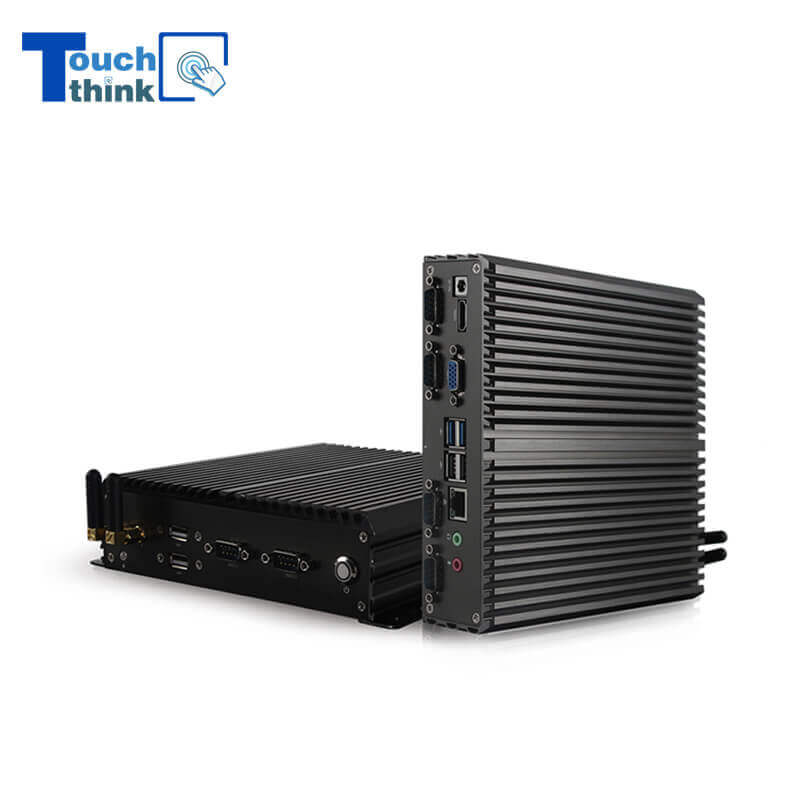
Industrial Mini PC Fanless i3 i5 i7 Industrial Box PC VIEW MORE
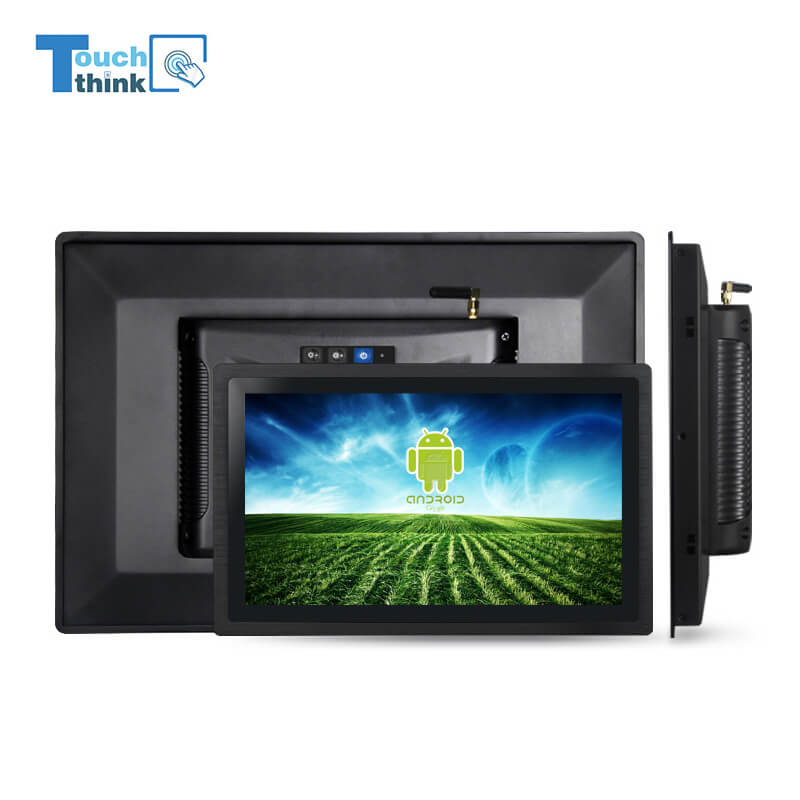
Android 13.0 Industrial Panel PC 21.5 Inch with 4G LTE WiFi Octa-Core For Meeting Room Smart Education VIEW MORE
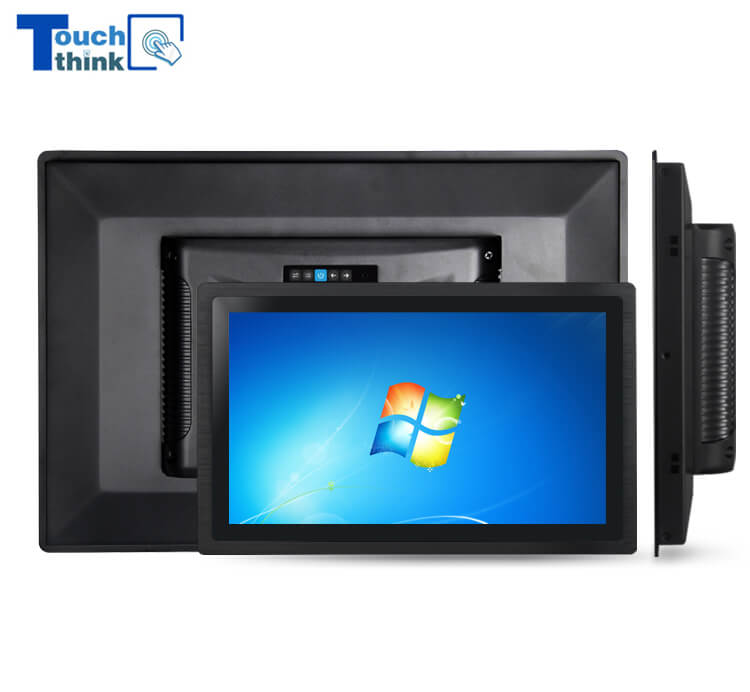
Sunlight Readable Industrial Monitor with Optional Display Size 10.1 inch VIEW MORE
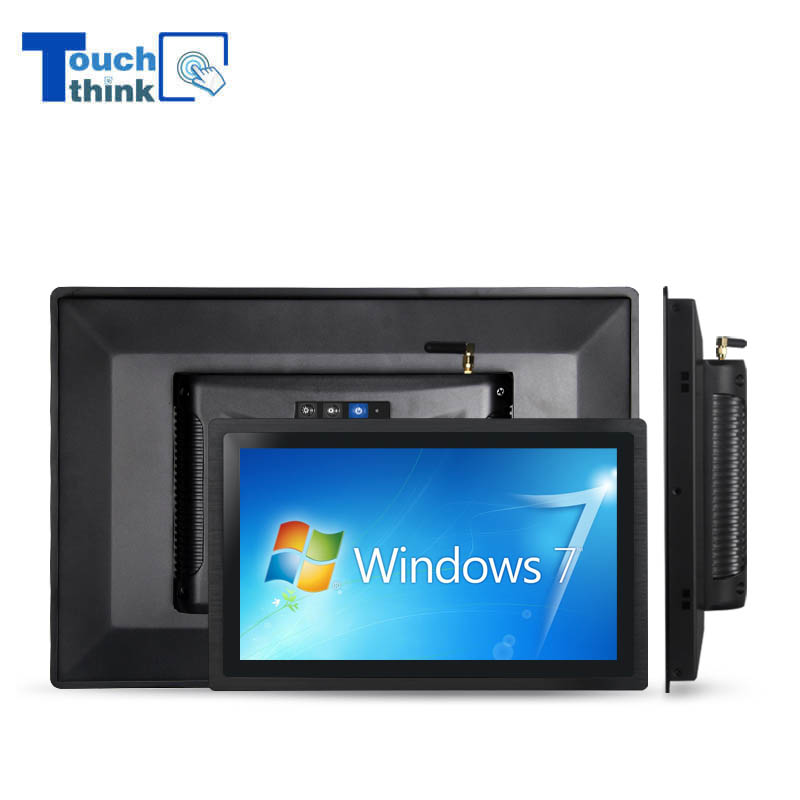
11.6 inch Windows Industrial All in One Panel PC With Touch Screen VIEW MORE
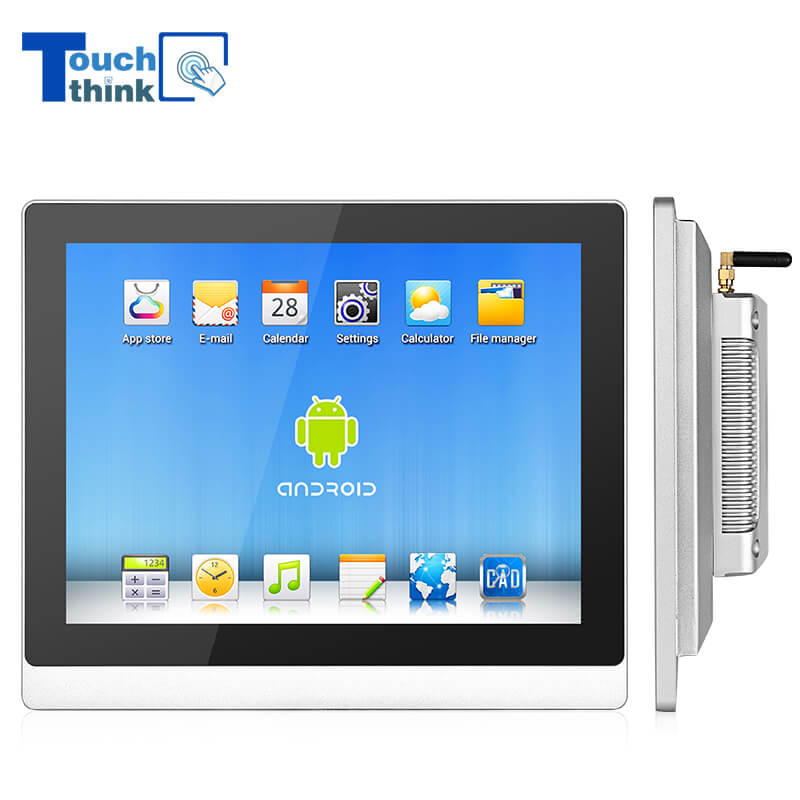
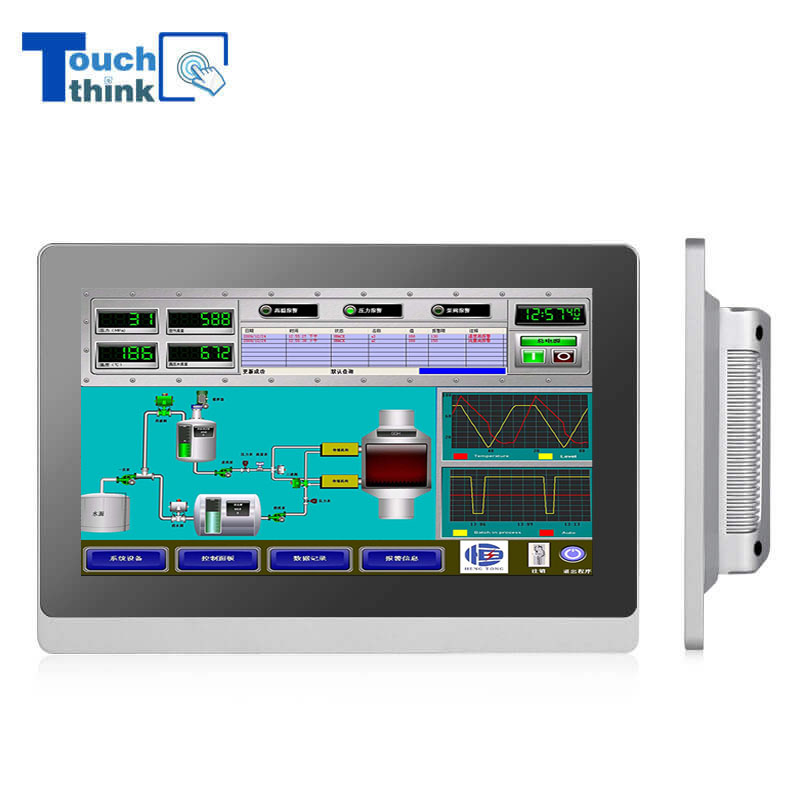
True Flat Capacitive Touch Screen Industrial LCD Monitor IP65 21.5 inch VIEW MORE
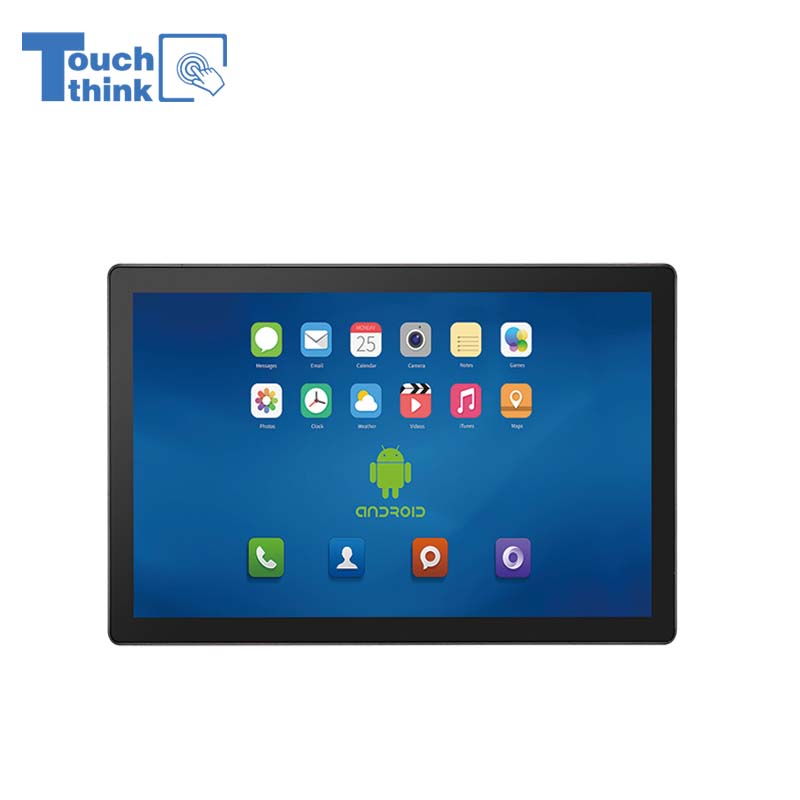
All Weather Android Tablet PC for Public Service Terminals 15.6" VIEW MORE
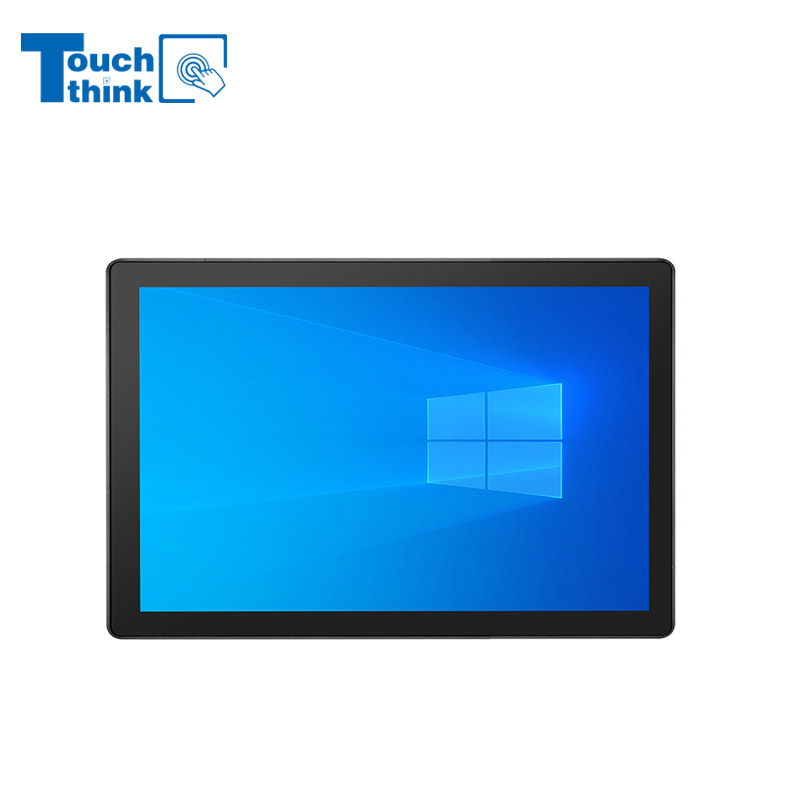
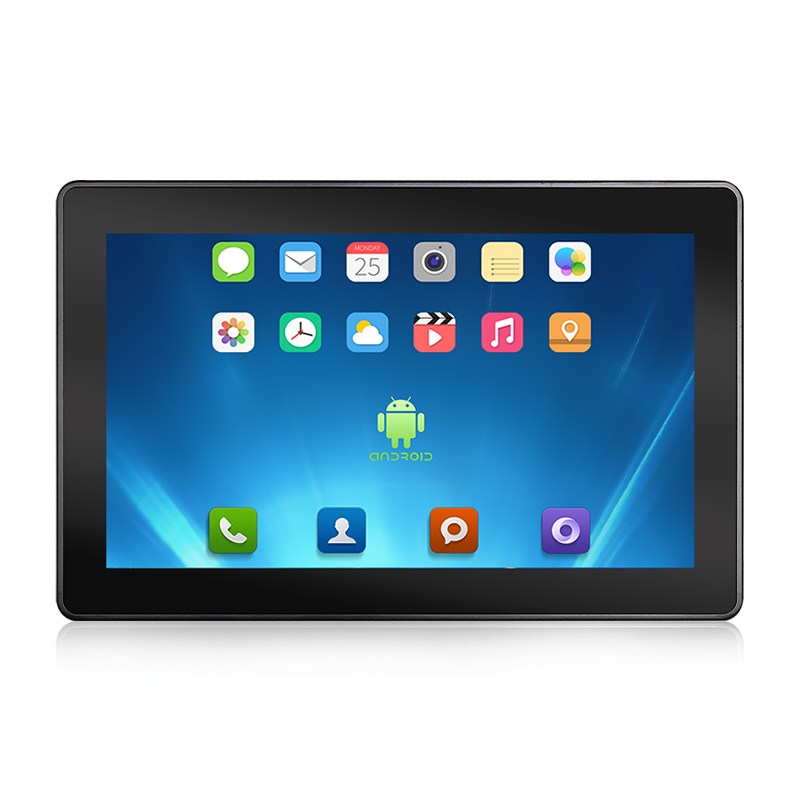
Industrial Android Tablet PC PoE Dual LAN Ethernet Android 12.0 / 7.1 / 9.0 / 10.0 VIEW MORE
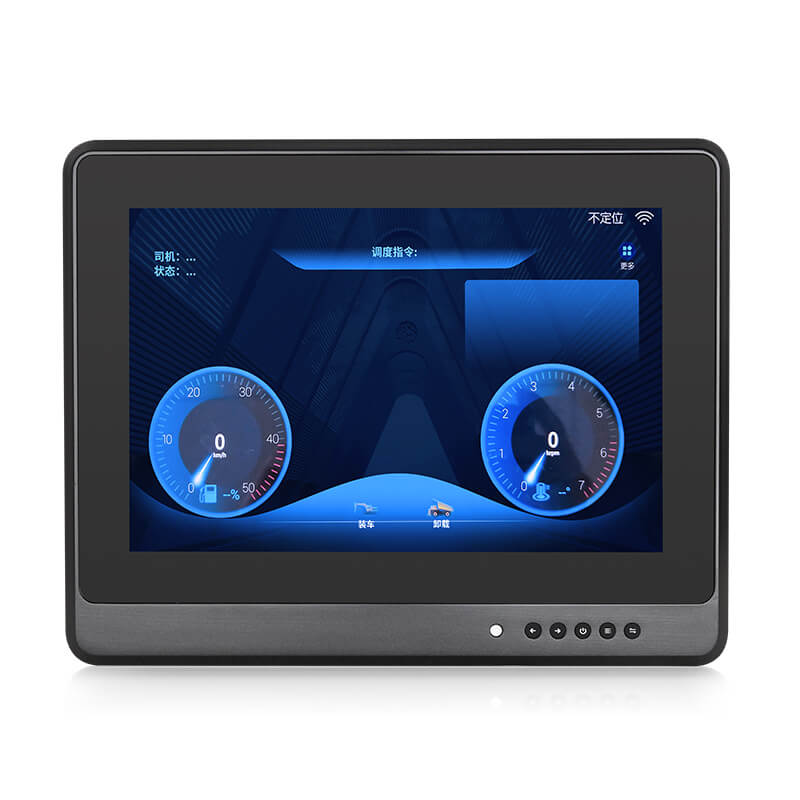
10.1" Vehicle Mount LCD Monitors Vehicle Touch Displays Car Crane Monitor VIEW MORE
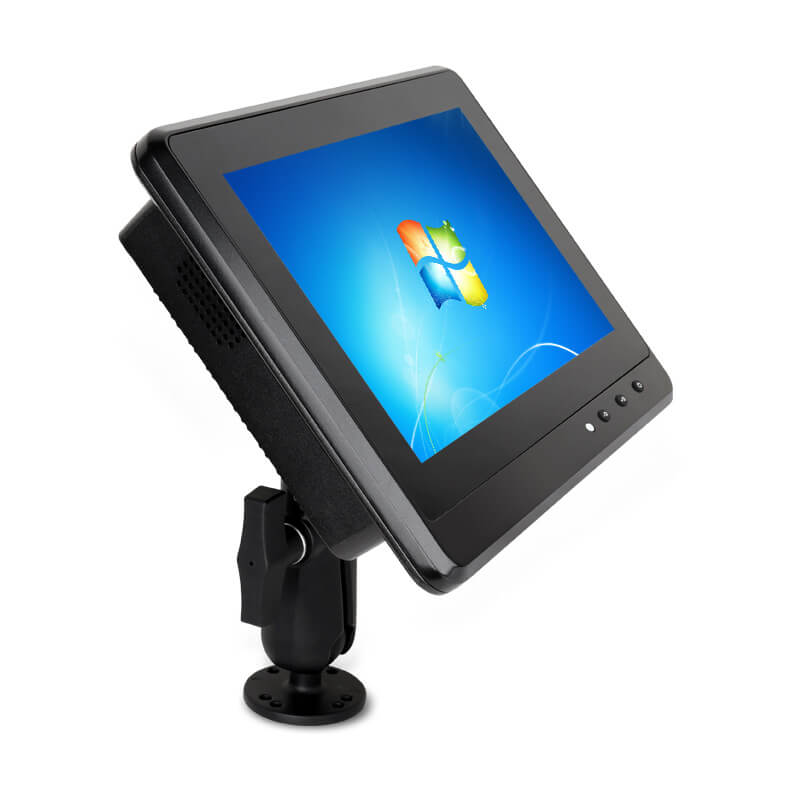
Transportation Panel PC Windows Vehicle Mounted Touch Computers VIEW MORE
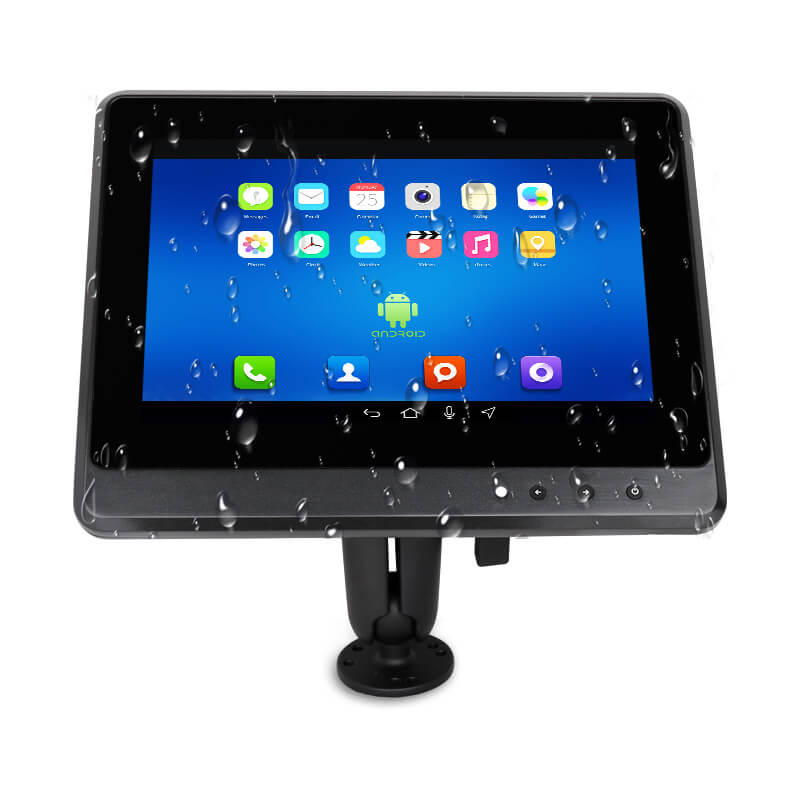
Android In-Vehicle Industrial Panel PC Vehicle AGV Computer VIEW MORE
Skype: live:touchtec
Copyright © Shenzhen Touch Think Intelligence Co.,Ltd. All Rights Reserved Update cookies preferences